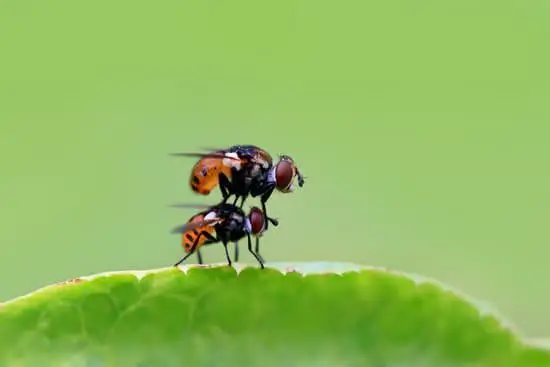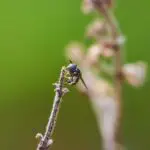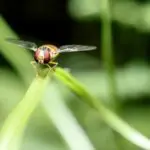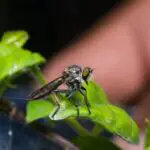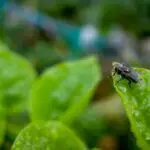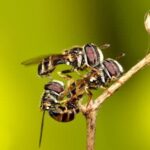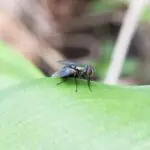How Do Flies Taste Good?
Flies have an amazing sense of smell, which helps them decide whether or not food is tasty. This ability of the fruit fly to sense taste is similar to that of humans. They prefer foods that are sweet and avoid foods that are bitter. Bitterness is a sign that the food is toxic, whereas sweetness means energy. Despite these similarities, fruit flies have evolved on a different evolutionary path.
Flies use taste receptors on their legs, wings and proboscis to discern between sweet and bitter tastes. Scientists know that flies process the sweeter taste in a different region of the brain than those that process bitter tastes. By studying this process, scientists could develop new insect repellents.
In addition, house flies have taste buds on their feet. They use these receptors to assess whether the food they ingest is healthy. Flies can also clean their taste receptors on their feet by grooming themselves. In addition, they have fine hair and bristles on their feet that help them identify food that is good for them.
Most flies cannot chew solid food. Their mouthparts are shaped like straws. This helps them disintegrate the food they ingest into small, liquid particles. They then regurgitate the liquefied food through their stomach. Some species are completely liquid-based, whereas others regurgitate their meal in vomit bubbles.
